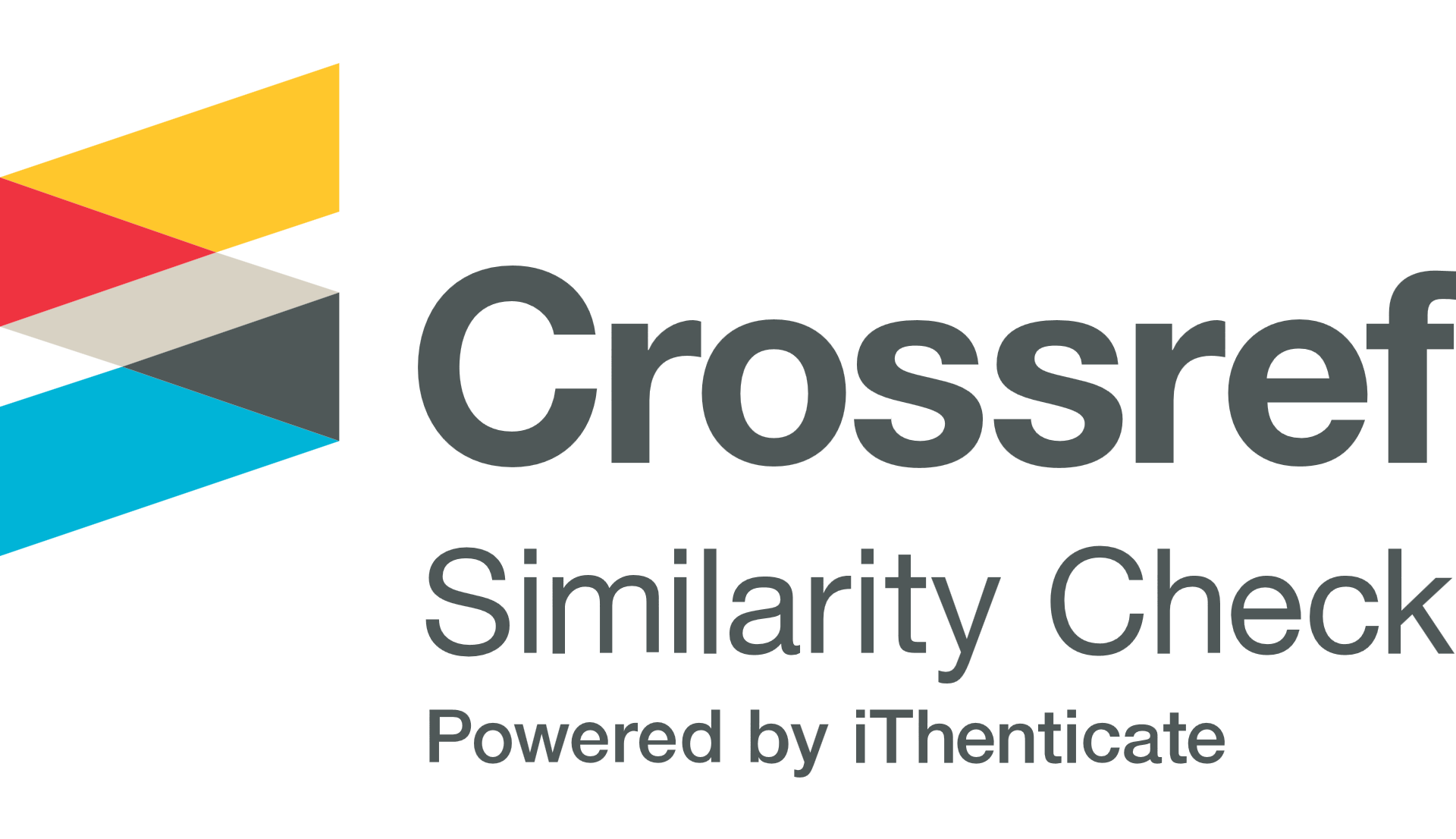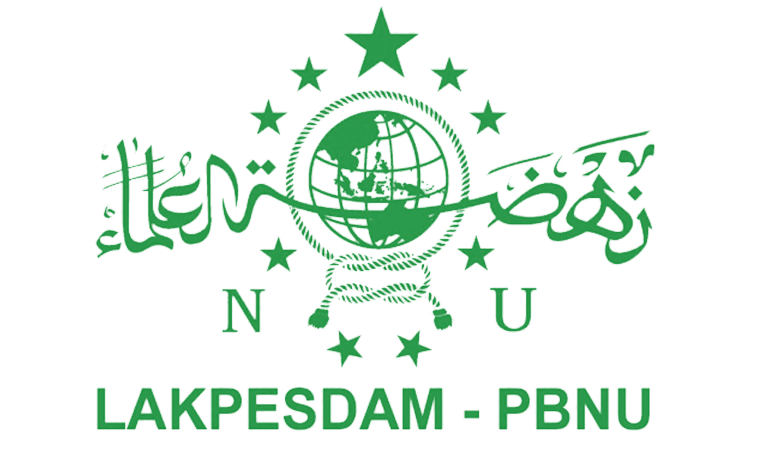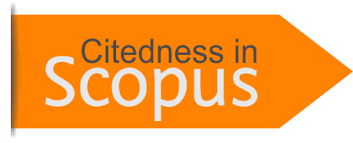INTELLECTUAL TREASURES OF ULAMA MANDAR TRACING THE DYNAMICS OF ISLAM NUSANTARA IN LAND OF MANDAR
DOI:
https://doi.org/10.31969/alq.v28i1.1016Keywords:
intellectual treasures, ulama mandar, islam nusantaraAbstract
The entry of Islam in Mandar is a phenomenon because Islam in Mandar entered in an extraordinary way without any rejection from the public in general and from the royal elite, besides that until now Mandar land is still an important reference in learning and deepening Islamic science, especially the learning of the Yellow Book (kitta’ kuning) in Sulawesi. This study explores how scholars spread Islamic teachings in Mandar and how scholars respond to the very diverse Local Culture of Mandar. In uncovering this, the study used Qualitative Descriptive methods in the form of observations, interviews and focus group discussions (FGD). The location of this study is in West Sulawesi by focusing on the villages of Pambusuang and Campalagian Polman. The results showed that Islam entered Mandar peacefully because the way and approach used by scholars in spreading Islam was very in accordance with the situation and conditions of mandar society at that time which was a believer in Animism and Dynamism. The scholars in addition to conveying the teachings of Islam with full policy also make the local culture as an approach in conveying islamic teachings so that Islam enters the community with calm and pleasure. The findings in this study will certainly be very useful in the current proselytizing context, considering that Islam is currently widely highlighted and labeled extreme because one of the causes is preachers who seem to impose their opinions and beliefs on others.
References
Abdul Qadir Isa. (2016). Hakikat Tasawuf . Qisthi Press.
Abdullah, A. (2016). Islamisasi Di Sulawesi Selatan Dalam Perspektif Sejarah. Paramita: Historical Studies Journal, 26(1), 86–94.
Abdullah, I. (2006). Konstruksi dan reproduksi kebudayaan. Pustaka Pelajar.
Ahmad M. Sewang dkk. (2010). Sejarah Islam di Mandar. Kementrian Agama RI Badan Litbang dan Diklat Puslitbang Lektur Keagamaan.
Azra, A. (2013). Jaringan Ulama Timur Tengah. Prenada Media.
Idem. (1993). Lontarak I Pattodioloang di Mandar (IV). Yayasan Pendidikan dan Kebudayaan Taruna Remaja.
Mansur. (2016). Kuliwa; Islam dan Tradisi Lokal Nelayan Mandar di Pambusuang Sulawesi Barat .
Mappangara, S., & Abbas, I. (2003). Sejarah Islam di Sulawesi Selatan (The Islamic History in South Sulawesi). Makassar. Lamacca Press.
Mariyam, S. (2021). Hubungan Penguasaan Nahwu Sharaf dengan Kemampuan Membaca Kitab Kuning Pesantren Riyadhul Huda. Tatsqifiy: Jurnal Pendidikan Bahasa Arab, 2(1), 71–81.
Mas’ ud, A. (2020). Dari Haramain ke Nusantara.
Mulyadi, K. (2006). Menyelami Lubuk Tasawuf. Jakarta, Penerbit Erlangga.
Poelinggomang, E. L. (2012). Sejarah Mandar (Masa Kerajaan hingga Sulawesi Barat). Surakarta: Zadahaniva.
Ruhiyat, R. (n.d.). Imam Lapeo Sebagai Pelopor Pembaharuan Islam di Mandar. Rihlah: Jurnal Sejarah Dan Kebudayaan, 3(01), 115–127.
Sewang, A. M. (2005). Islamisasi Kerajaan Gowa: abad XVI sampai abad XVII. Yayasan Obor Indonesia.
Syah Azis, M. T. (1992). Lontarak 2 Pattodioloang. Cet. I., Ujung Pandang: Yayasan Pendidikan dan Kebudayaan Taruna Remaja.
Zuhriah, Z. (2016). Kuliwa: A Cultural Identity of the Local People of Mandar, West Sulawesi. DINIKA: Academic Journal of Islamic Studies, 1(2), 165–176.
INTERVIEW
Bustan Basir, Mandar Culturemen in Polewali Mandar West Sulawesi
Ishaq Janggo, Budayawan Mandar di Majene West Sulawesi
Nangguru Daming, One of the teachers of the kitta’ kuning in Campalagian Polman West Sulawesi
Nangguru Syahid, Head of Pondok Pesantren Jareqjeq in Pambusuang Kab Polman West Sulawesi
Rifai, The tomb guard of tuang Binuang Abdul Rahim Kamaluddin or Sheikh Bil Ma'ruf
Sayyid Fadhlu al-Mahdaly, Imam of the Mosque Agung Syuhada in Polewali Mandar West Sulawesi
Additional Files
Published
Issue
Section
License
Authors who publish with this journal agree to the following terms:
- Authors retain copyright and grant the journal right of first publication with the work simultaneously licensed under Creative Commons Attribution-NonCommercial-ShareAlike 4.0 International License that allows others to share the work with an acknowledgement of the work's authorship and initial publication in this journal.
- Authors are able to enter into separate, additional contractual arrangements for the non-exclusive distribution of the journal's published version of the work (e.g., post it to an institutional repository or publish it in a book), with an acknowledgment of its initial publication in this journal.
- Authors are permitted and encouraged to post their work online (e.g., in institutional repositories or on their website) prior to and during the submission process, as it can lead to productive exchanges, as well as earlier and greater citation of published work (See The Effect of Open Access).















